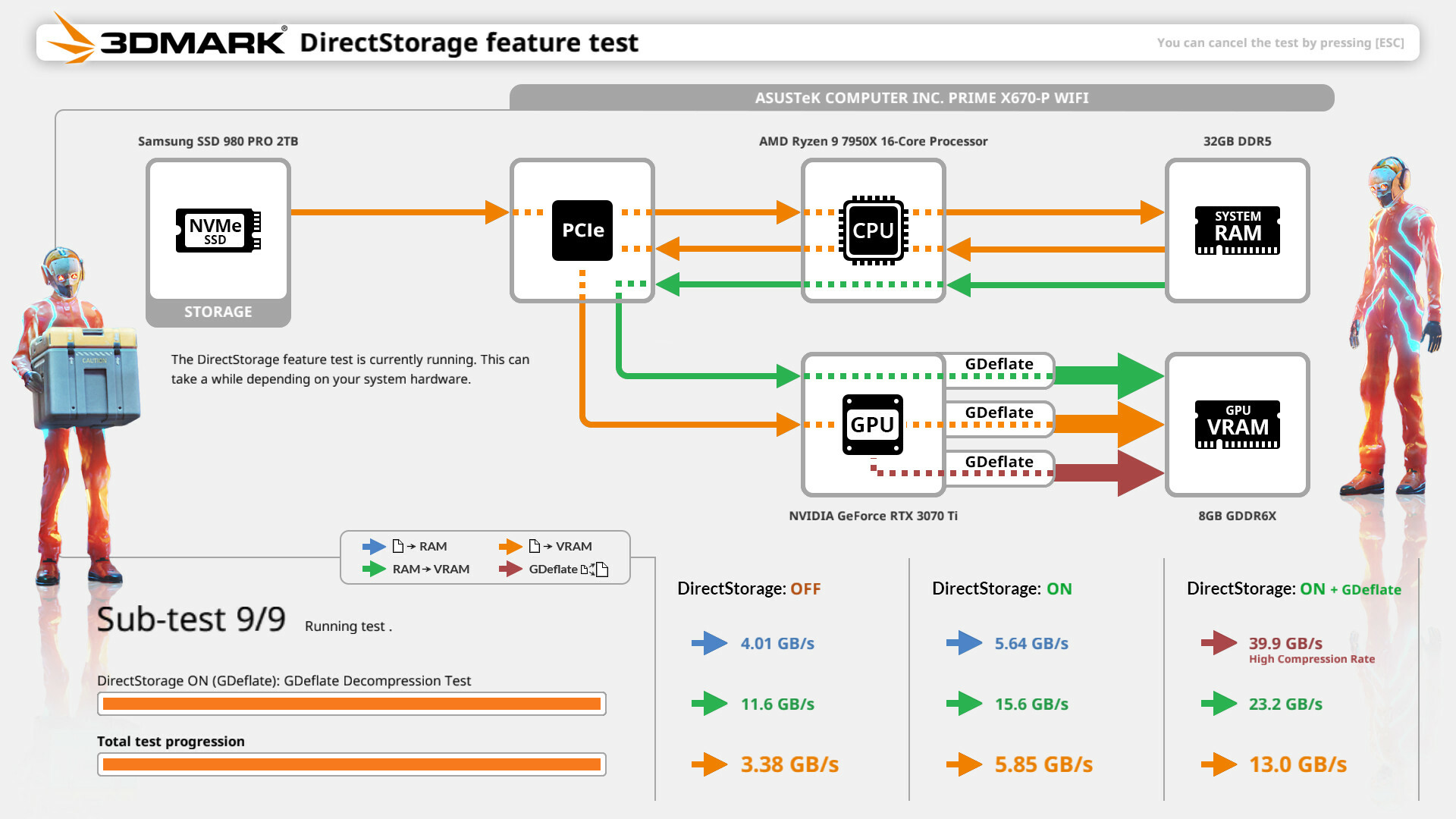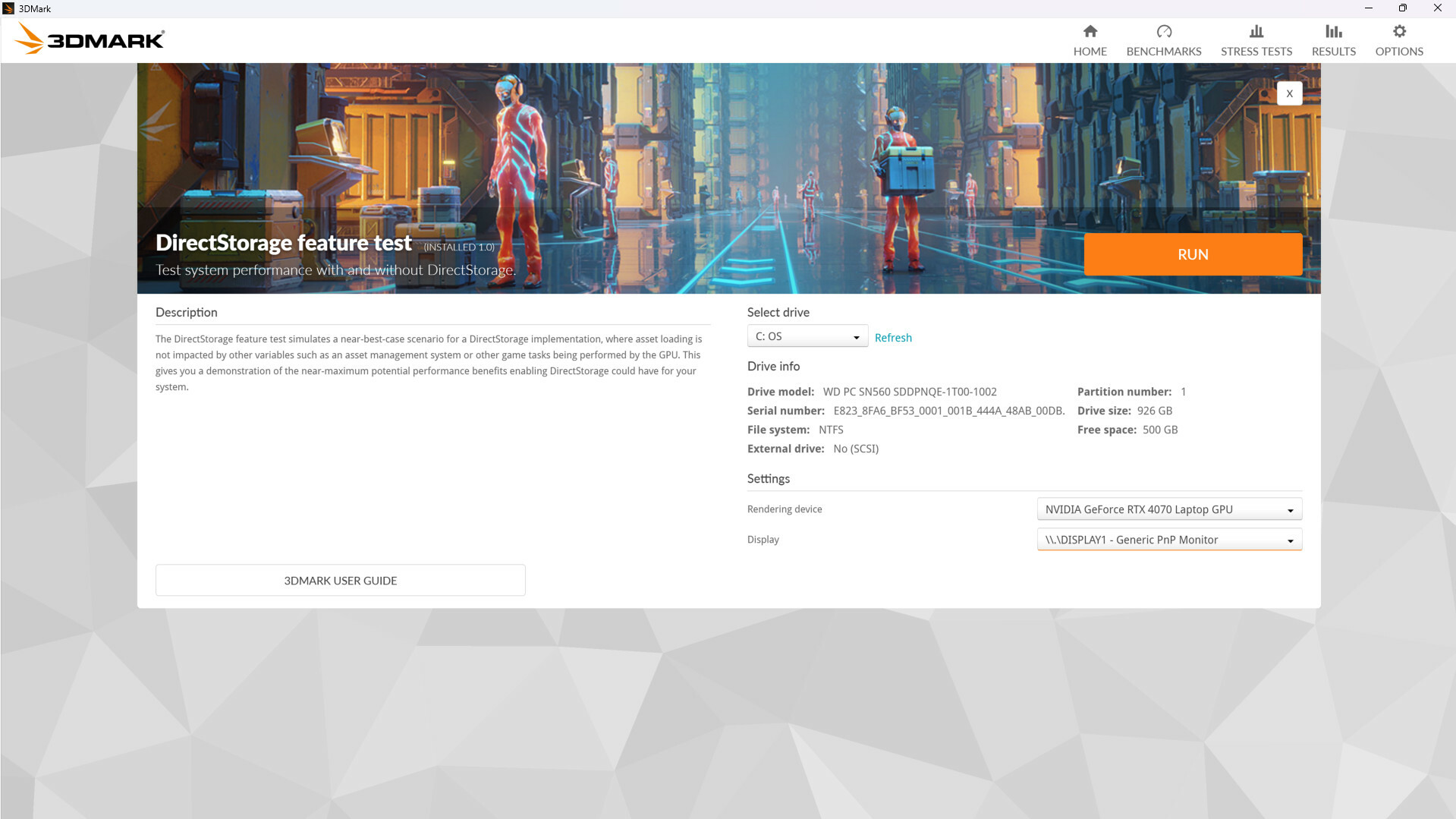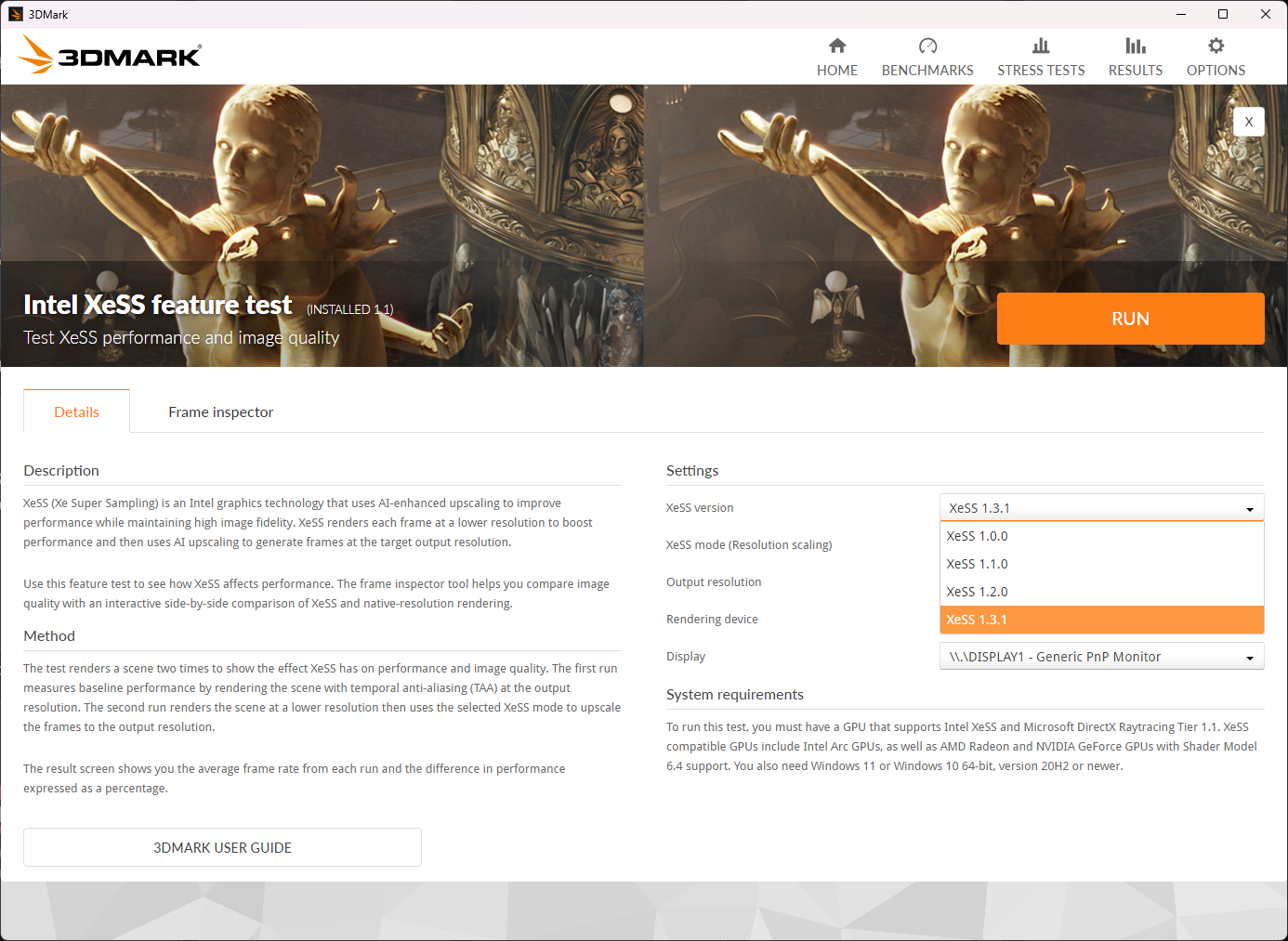
Dec 18, 2024
VRMark - UL_Jarnis
UL benchmarks use a component called SystemInfo to identify the hardware in your system. This patch updates SystemInfo to version 5.77.
SystemInfo 5.77
- Updated CPUID module to improve compatibility with latest hardware. Fixes one important issue that could cause hangs when determining the CPU information.
- Updated GPU detection module to improve compatibility with latest hardware. Fixes an issue that could cause hardware monitoring to crash on systems with AMD iGPU.









